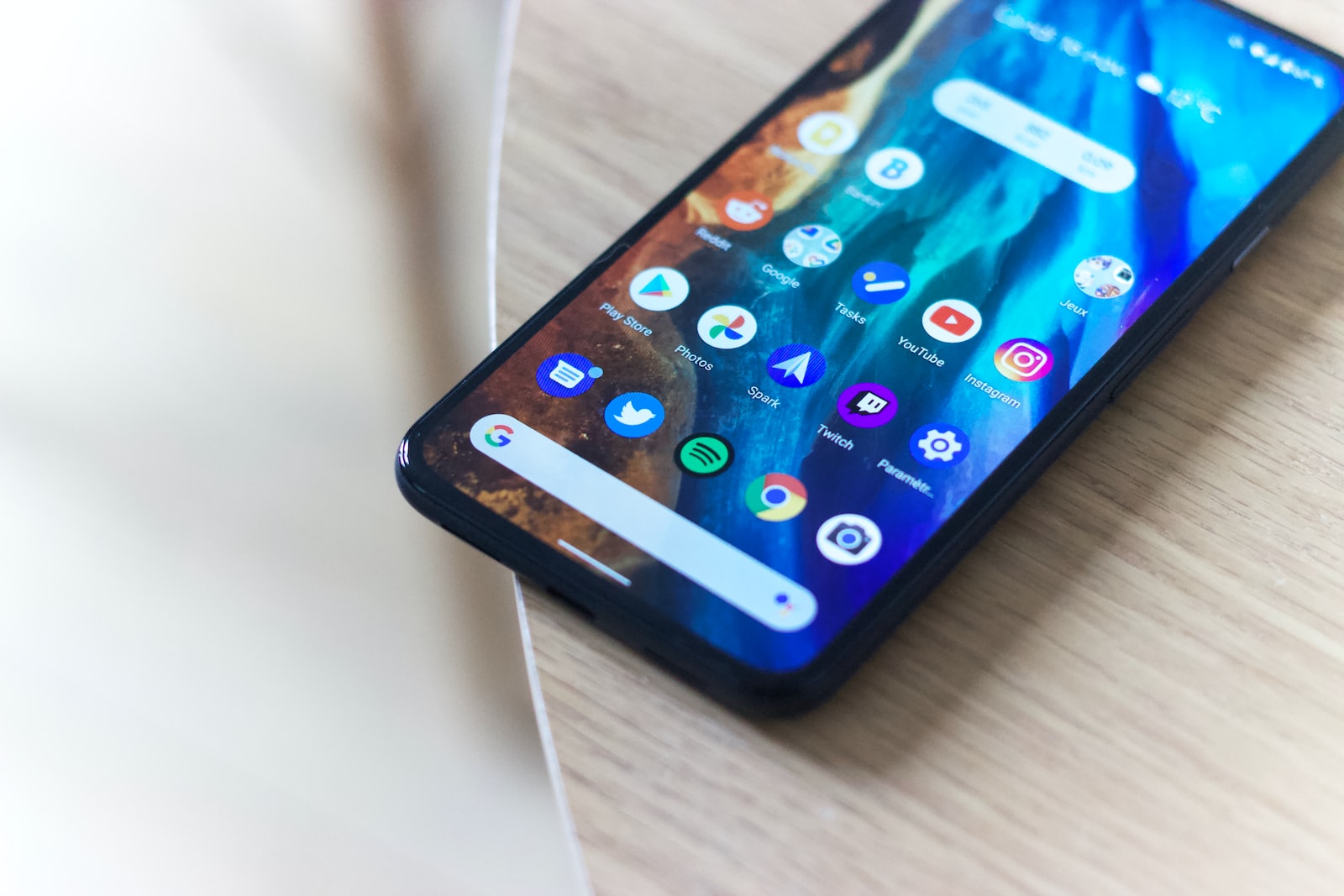A smartphone is a hybrid of a mobile phone and a computer. The phone can perform many of the computing functions of a computer, such as emailing, browsing, and more, while the phone is portable and can be taken everywhere with you. However, there are a few things you should know before you buy one.
iCloud integration
If you want to use iCloud on Android, you must do it the right way. There are a number of different ways to do this. The best thing to do is to use an iCloud alternative. This will ensure that your data is kept safe and secure.
Google Drive, the official cloud storage service for Android users, is also a great choice. It has free storage of up to 5GB, and you can also choose to pay for more. You can upload, download, and sync files with it.
One of the downsides to using iCloud is that some of its services aren’t accessible on non-Apple devices. Specifically, you cannot access your calendar, contacts, work docs, and notes.
Another drawback to iCloud on Android is that the interface isn’t a particularly good one. It’s much more suited to browsing photos, but you may not want to use it for other activities.
Facial recognition
If you are thinking about using facial recognition technology on your Android smartphone, it’s important to know what it can do. It’s also important to understand the pros and cons.
When it comes to security, facial recognition on a smartphone is not without its risks. As a result, it’s important to choose a device that provides the best security.
Facial recognition on Android is generally based on the front-facing camera. However, some devices come with built-in systems that enhance the face recognition feature.
The iPhone X and Samsung Galaxy Note 10 have a Face ID system, which is designed to distinguish between a real person and a fake face. This feature was initially used with a software-based iris scanner, but it’s now implemented with an image-based camera.
Fingerprint authentication
Authenticating with your fingerprint is easy and fast. Besides, it is also safe. Unlike passwords, your fingerprint cannot be stolen or reverse engineered.
You can use your fingerprint to make purchases from apps, websites, and services. Also, your fingerprint can be used to open your bank account, digital wallet, and more. However, it is important to be careful about sharing your biometric data.
Although there are many fingerprint sensors on the market today, not all devices support the same features. Therefore, it is a good idea to look for a device that offers specialized hardware.
For instance, Android Marshmallow has native support for fingerprint authentication. It also supports the FIDO protocol. This is an online alliance that enables faster identification and access control for users.
Bloatware
Bloatware is the term used to describe the extra software that is installed on Android smartphones. These apps are usually unwanted and can be a nuisance. They also take up space and can slow down your device.
If you have an Android phone, you should know that you can remove bloatware. This is useful for freeing up space and for boosting your phone’s performance. However, you should be careful with how you do it. Uninstalling certain apps can lead to problems, such as a bricked phone. It is important to avoid uninstalling any app that is essential to your device.
Some manufacturers have opted to put up bloatware on their phones to generate extra revenue. You may have noticed that some of the cheapest devices come with more bloatware than others.
Transferring files to your computer
If you have an Android phone, you may want to transfer your files to your PC. Whether you are looking to back up your photos, transfer music, or move apps from your phone to your desktop, there are a few simple steps you can take.
The first step is to connect your Android device to your PC via USB. You will also need to make sure you have the right adapter for the task. It’s also a good idea to turn on your USB debugging feature.
Once you have connected your phone to your computer, you should be able to see your phone’s internal storage. Click on the icon in the notification bar. This should open a folder view of your phone’s storage.
Now, you should choose the simplest way to transfer your files. There are several options for this, including online storage sites, the cloud, or using an app.
